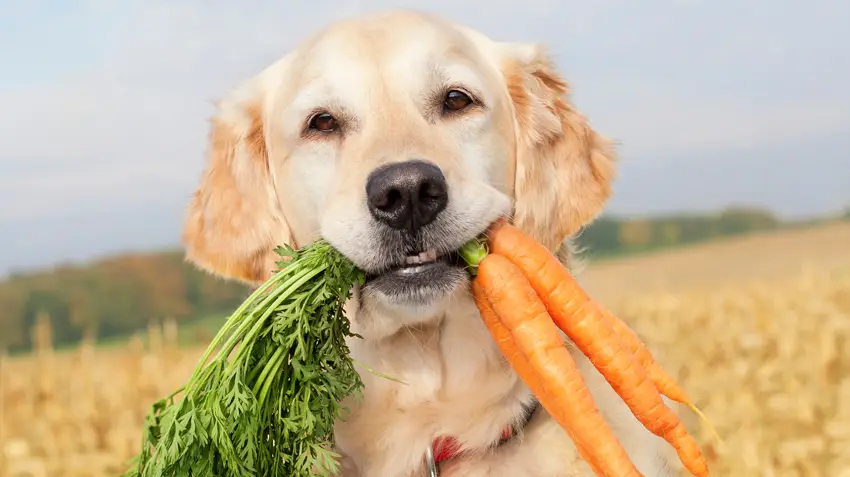|
|
Food Cures for Dogs

by: Karlene Stange DVM
Traditional Chinese Medicine uses food to prevent and treat disease in humans and animals. Entire texts are written on this complex subject. Here is a brief guide to help readers select diets for dogs based on two simple criteria—temperature and breed. Consider how seasonal temperatures affect diet choices for humans. Oatmeal and cinnamon warm us on winter mornings, while we prefer raw salads and fresh fruit for hot summer days. A dog’s health may improve with diet changes that match the ambient temperatures as well. Some dogs are hot all the time. Such a pet loves snow, prefers to be outside, seeks shade in summer, sleeps on concrete and tile, pants at night, and drinks a lot of water. These dogs may benefit from cool foods all year. The dog that lies in the sun and shivers in the cold needs a warming diet.
|
Warming Foods
- Lamb
- Oatmeal
- Venison
- White Rice
- Salmon
- Pumpkin
- Chicken
- Ginger
- Liver
- Cinnamon
- Ham
- Squash
- Apricot
|
Cooling Foods
- White fish: sardines, cod, herring
- Turkey
- Barley
- Duck
- Brown Rice
- Rabbit
- Dairy
- Pork
- Green vegetables
- Eggs
- Apples
- Watermelon
- Pears
|
|
Tongue Colors

Tongue color depicts both body temperature and the quality of blood circulation. A bright red or brick red tongue indicates heat in the dog’s body. A pale purple tongue may mean the dog is cold. Dark purple tongues signify stagnant circulation and are commonly seen in dogs that are stiff, in pain, or have tumors.
Holistic veterinarians ascribe to the theory that a diet choice can also be made by considering the breed of dog. That is, look at the breed’s ancestral vocation and geographic location. This is sort of an “eat right for your breed type diet.” A Chihuahua is not a Siberian is not a Sharpie. The Chihuahua may thrive on pinto beans and corn tortillas whereas the Husky wants bloody meat, and the Sharpie was bred to eat fish and rice. A Newfoundland was designed to swim and eat fish, a Labrador Retriever to fetch ducks, and a German Shepherd is a red meat, cabbage, and potatoes pooch. If the dog is a Schipperke that was used to kill rats on barges, this diet selection process fails us…no theory is perfect. Evaluate both temperature and breed to determine the diet. In summer a Samoyed or Malamute is often hot and a white fish diet would keep him cool; whereas in winter salmon, venison, or bison may be better. (Beef and bison are blood tonics and are slightly warming.) A Cocker Spaniel that is cold in winter might enjoy a good lamb and white rice meal, and if they still like sun in summer, for variety, change to a chicken based food. Numerous diseases may miraculously disappear when diet is corrected. The most common examples are skin problems. Hot, dry skin and itchy rashes might disappear with white fish diets and cod liver oil. I have seen several “Canine lupus” cases (which manifested as raw, red, crusty, and de-pigmented noses) completely heal simply by changing the diet from lamb to white fish. Weight loss is another problem that may improve when the ideal food is fed. Arthritic animals that hurt worse in the cold move better with a warming meal. The best way to understand commercial pet food is to read the ingredients on the back of the bag or can. Even though the front may say “beef flavored” there may not be any meat to speak of in the food. You may be paying top dollar for corn meal. Another important point is that any change in diet is best made gradually to avert digestive upsets.
For more information on Traditional Chinese Veterinary Medicine visit www.tcvm.com Karlene Stange, DVM 970-570-9560 www.AnimasAnimals.com
|
|